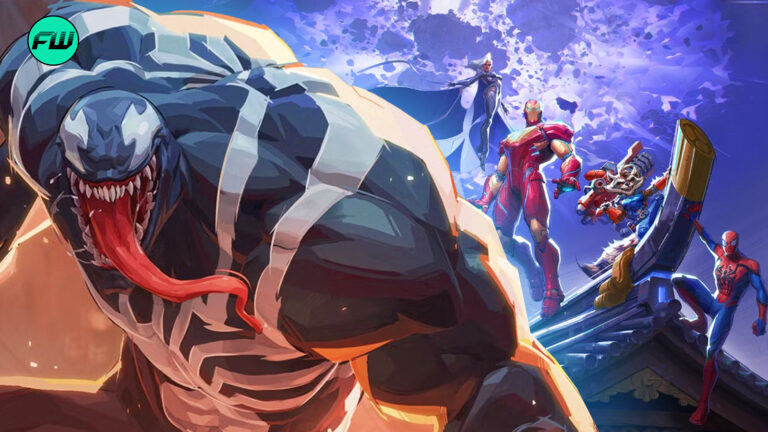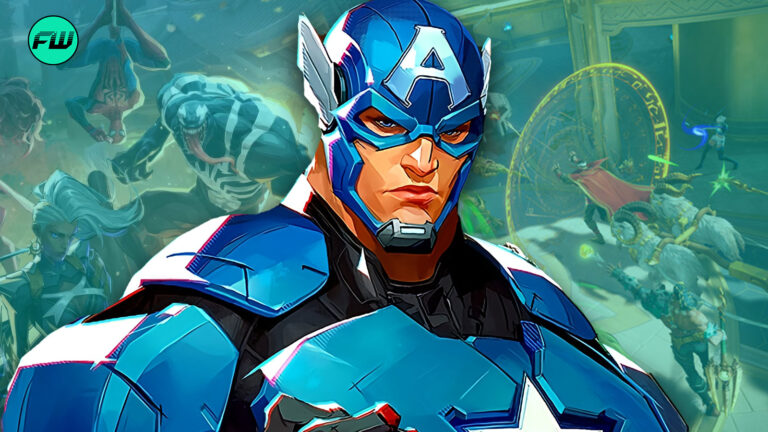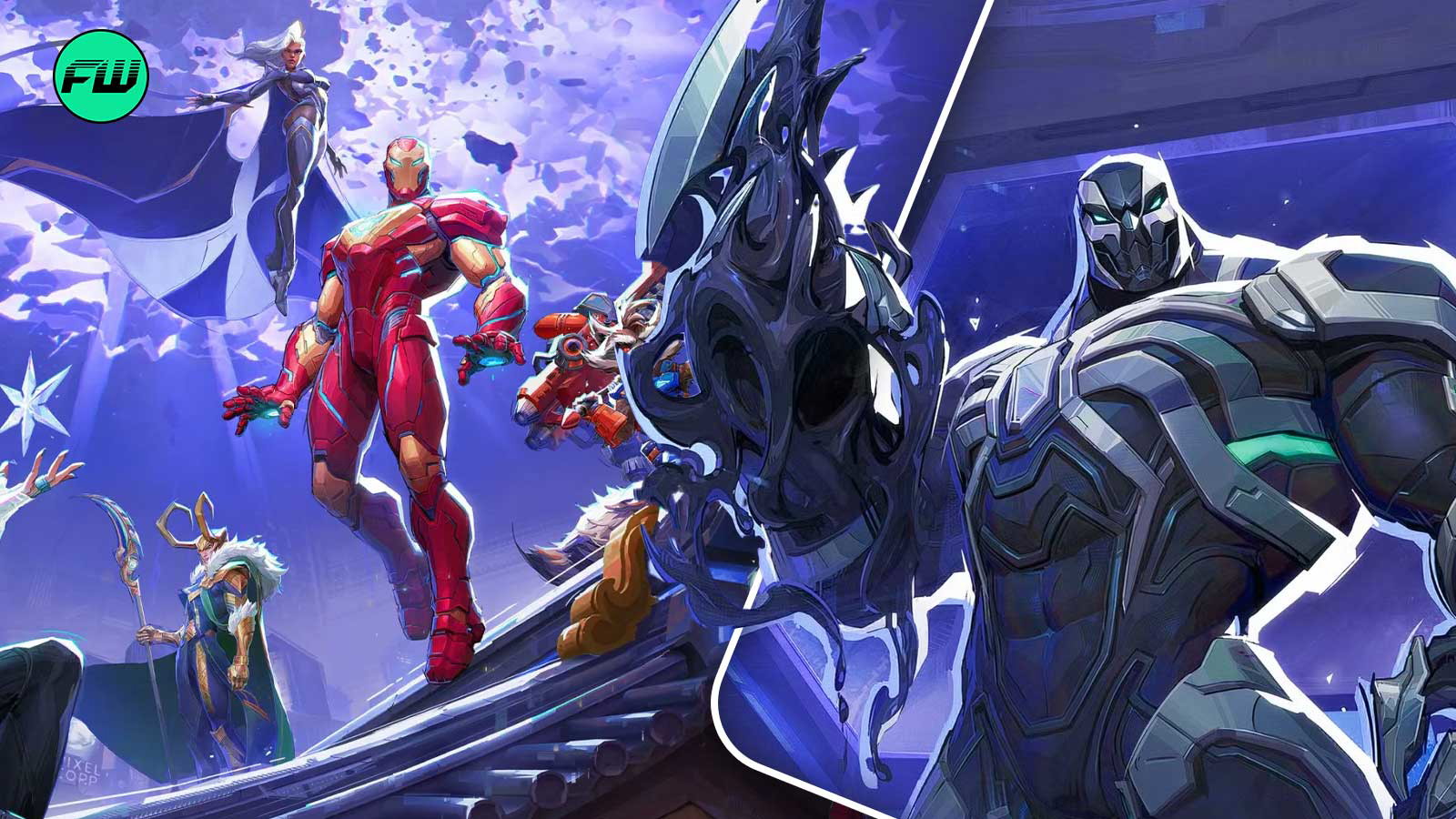
The superhero brawl in Marvel Rivals has settled into a fascinating pattern that would make even Nick Fury raise an eyebrow. While casual players might gravitate toward flashy, mobile heroes who zip and hop around the battlefield like caffeinated monkeys, the Diamond+ crowd has different ideas.
When the stakes get high and the competition fierce, NetEase’s hero shooter reveals an uncomfortable truth: all that fancy mobility doesn’t mean squat if you can’t keep your team alive.
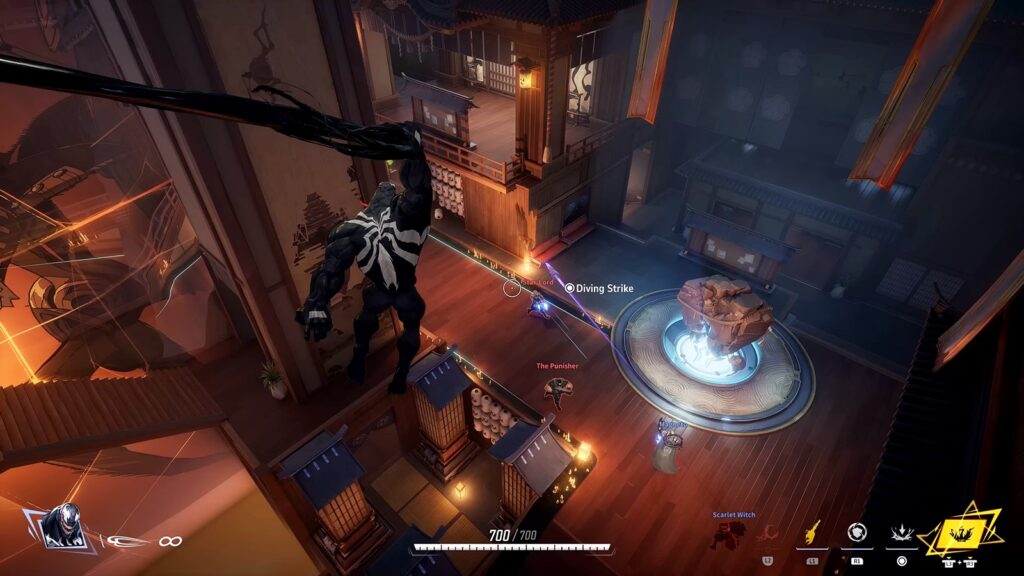
The numbers don’t lie, and they’re painting a picture that’s bound to bruise some symbiote egos. The most picked tanks at high ranks aren’t the ones who can escape danger fastest—they’re the ones who can stand their ground and say “not today” when the bullets start flying.
Shield beats speed: the numbers that make Venom players weep
The numbers don’t lie, and they’re telling a story that mobile tank enthusiasts won’t like. According to the latest data from RivalsMeta, Magneto dominates with a staggering 42.78% pick rate in Diamond+ matches, followed by Doctor Strange at 35.58%. Meanwhile, mobility-focused tanks like Venom (15.65%) and Hulk (6.39%) are collecting virtual dust.
What’s happening here? It turns out that when you reach the ranks where coordination starts to matter, having a reliable shield trumps the ability to bounce around like a rubber ball. Doctor Strange’s Shield of the Seraphim absorbs up to 800 damage while regenerating 80 health per second after breaking—creating a defensive wall that mobile tanks simply can’t match.
Magneto’s Metal Bulwark offers similar protection while maintaining offensive pressure. His ability to control space and protect teammates has proven far more valuable than Venom’s symbiote-powered acrobatics or Hulk’s rage-fueled not-so-incredible Leaps.
Even more telling is Groot’s situation. Despite having the highest ban rate among Vanguards at nearly 25%, his wall-creating abilities would likely put him right alongside Magneto and Strange if teams weren’t so afraid of facing him that they banned him outright.
The message from NetEase’s competitive scene is clear: in high-stakes matches, survivability through protection trumps survivability through movement every time.
Why solo-queue heroes need to be self-sufficient tanks
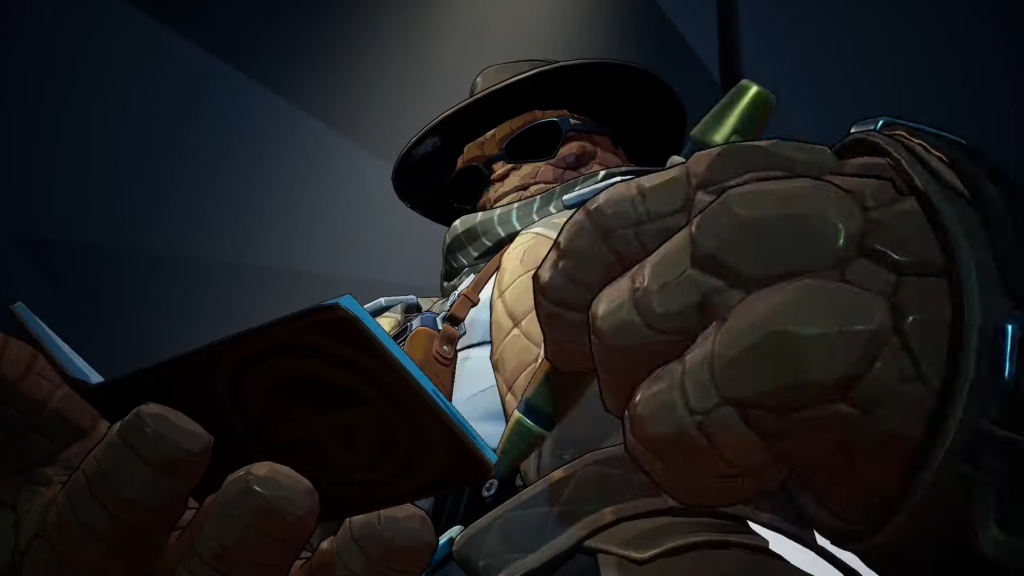
The problem with mobility tanks isn’t that they’re inherently bad—it’s that they require something that Marvel Rivals players can’t reliably get: perfect team coordination. When a Venom or Hulk dives into the enemy backline, they’re essentially asking five strangers to follow their lead without a word of communication.
In a game where most ranked matches aren’t six-stack premade but rather collections of random players thrown together by NetEase’s matchmaking algorithm, expecting that level of synchronization is like expecting a cat to fetch—it might happen once in a blue moon but don’t count on it.
Doctor Strange and Magneto thrive precisely because they don’t need babysitters. They can even, if need be, solo-tank while providing value regardless of what the rest of the team is doing. When your Duelists are off chasing kills instead of playing the objective (which happens even in Grandmaster and up), at least your shield abilities can still protect whoever bothers to stay near you.
The Thing has found his niche for similar reasons. His ability to leap to allies, providing damage reduction to both himself and his teammate, creates value even with minimal coordination. His steady rise in the meta proves that tanks don’t need flashy mobility to succeed—they need reliability.
What’s your experience with tanks in Marvel Rivals? Are you sticking with mobility heroes like Venom despite the meta, or have you embraced the shield life? Share your thoughts below!
This post belongs to FandomWire and first appeared on FandomWire
